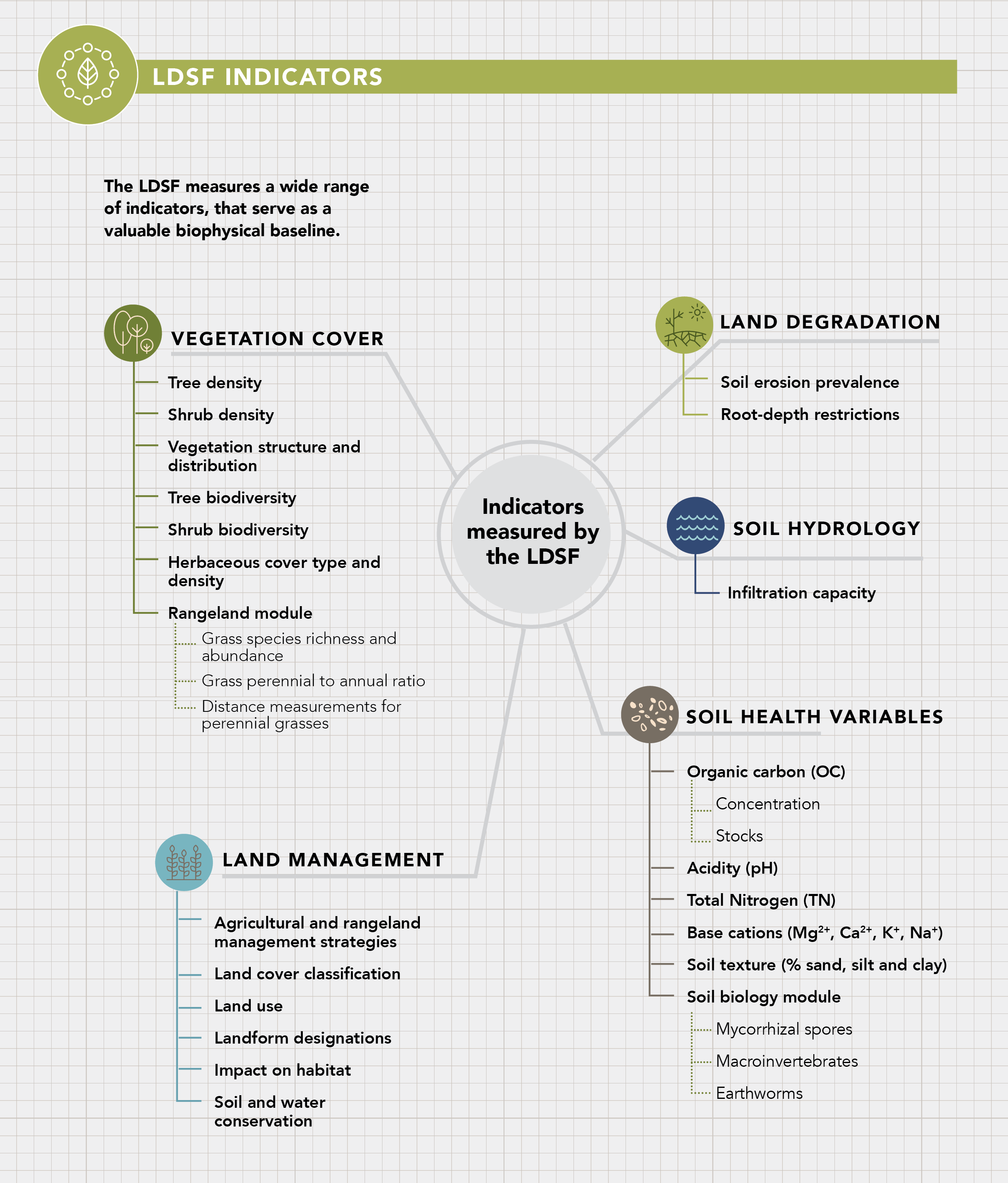Why are indicators important?
or properties of a system that we can measure or quantify. ![]() They are used to assess the state of a system and to monitor changes over time. Indicators are important because they provide a way to measure and track progress towards a goal, or change over time.
They are used to assess the state of a system and to monitor changes over time. Indicators are important because they provide a way to measure and track progress towards a goal, or change over time.
it is important to consider the relevance of the indicators to the system being monitored, their sensitivity to change, and their ease of measurement. Also, it is important to consider the cost of measuring the indicators, and the frequency with which they can or should be measured.
Ecological indicators
We use ecological indicators to assess the health of ecosystems and the services they provide. These indicators can be used to assess soil health, water or hydrologic function, vegetation dynamics, and land use or management. They allow us to monitor changes in ecosystems over time, including the impacts of human activities. Hence, they provide critically important data and evidence to guide management decisions.
It is also important to consider how numerous environmental indicators can be combined to provide a synoptic view of the state of (eco)systems. This is important because no single indicator can provide a complete picture of the state of a system.
LDSF indicator framework
The LDSF indicator framework is designed to be easy to operationalize in the field using simple tools while at the same time providing data on a comprehensive set of indicators that are critical for assessment and monitoring of soil and land health across landscapes.

